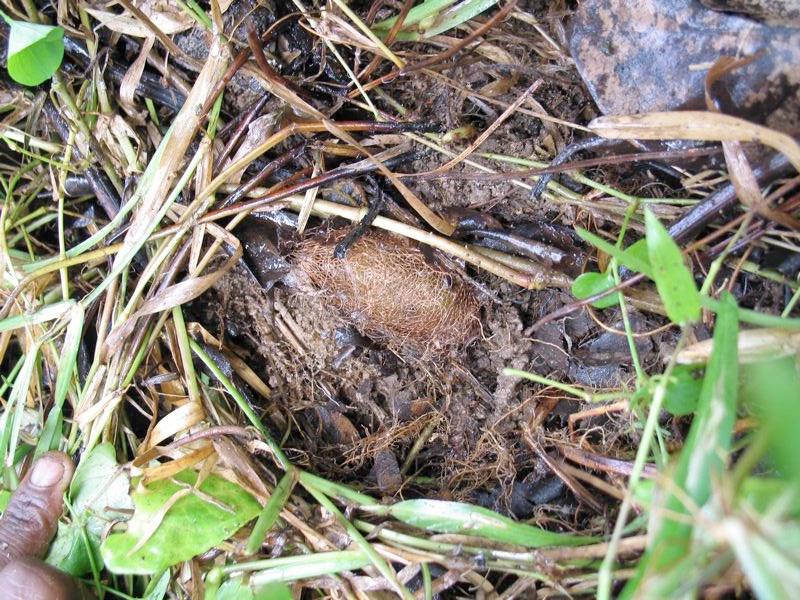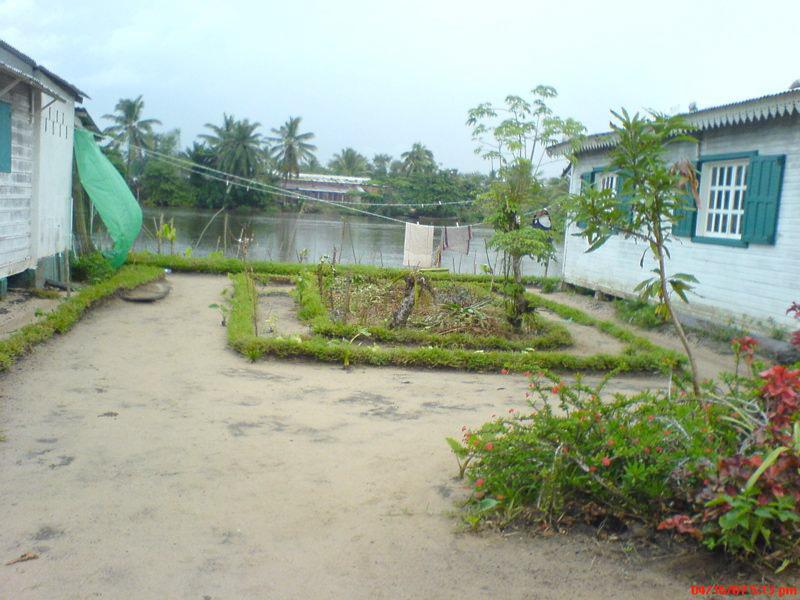Catherine Craig
Other projects
19 Jun 2009
Investing Farmers and Artisans in Maintaining the Makira Protected Area, Madagascar
19 May 2011
Scaling-Up and Monitoring the Ecological and Economic Impacts of the CPALI Wild Silk Project
The goal of our project is to provide a lasting economic alternative slash and burn agriculture that depends on maintaining the border forests that edge important conservation sites.

Poverty is the leading cause of habitat loss and biodiversity depletion in the developing world. Our challenge is to identify and implement income-generation strategies that rely on maintaining and restoring border forests that edge protected areas – the very sites where traditional livelihood and conservation goals have not always been compatible. To do this, CPALI is introducing new, semi-agricultural techniques, to establish the production of wild silk.

What is silk?
Silk is a fibrous protein produced by almost all insects and spiders. It is used for prey capture, protection and as an aid in reproduction. The domesticated silk moth, Bombyx mori, is the source of most silk sold commercially and its larvae feed on domesticated mulberry plants that are raised agriculturally. Domesticated silk products represent a 2.3 billion dollar/year industry.
Why is “wild silk” different?
“Wild” silk refers to any type of silk other than that spun by Bombyx mori. Wild silk is produced all over the world by many different types of silk moths and in many types of biological environments.
Beautiful colours, porous, light-weight thread and natural sheens make wild silk suitable for a variety of purposes including biomedical products, textiles, jewellery and paper. Sustainable production of wild silk can be a source of cash income for rural communities that depend on maintaining native plants. Wild silk products are “green” and occupy a unique market niche that is higher value and hence differentiated from the domesticated silk market.
How we work:
Our first step is to survey natural populations of silk moth food plants. We then identify farmers whose lands currently have many moth food plants and who are interested in producing silk. With the farmers’ help, we populate the host plants with disease-free eggs that we have raised at CPALI’s demonstration site. Farmers are taught how to care for the trees and larvae, as well as monitor larval development.
After 1 month, farmers collect the cocoons and pupae to sell to CPALI. With this modest start and immediate income return, farmers can understand the potential benefits of wild silk production using resources currently at hand. Our goal is to inspire framers to increase the profits they earn from silk by planting additional food plants for larger silk output. In the long term we hope to encourage farmers to plant “green belts” of different plant species that are fed on three endemic larvae that produce silk of commercial value.